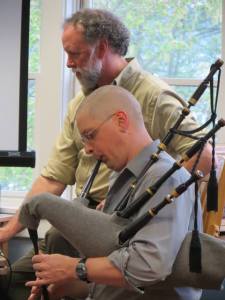Hello & Thank You for dropping by …
Writing On Whidbey Island is taking TOOK a semi-hiatus Summer 2023 while preparing for the next chapter of the podcast. The show is in the process of getting going again … SOON! The website is being updated. I am researching getting the episodes onto a podcast platform — meanwhile, there may only be the last few episodes available directly on the site. Thanks for sticking with WOWI as the show continues to develop and grow!
~ Don, 15Sept2023

Writing On Whidbey Island (aka WOWI) is a writing-themed podcast founded by Tom Trimbath and Don Scoby. Drawing from the flourishing literary community of Whidbey Island authors, editors, book-art artists, publishers, writing groups, bookshop owners, the host-team of WOWI dive in to all-things-publishing as it relates to Whidbey Island … and sharing with our listeners along the way!
The premise for Writing On Whidbey Island is simple — we are writers, and we enjoy talking about all-things having to do with writing and publishing. Our beloved island — AKA The Rock — has a flourishing community of authors, editors, illustrators, publishers, writing groups, bookshop owners, and more. Our wish is to present these as they have to do with Whidbey Island and to help better connect this literary community … and sharing with our listeners along the way!
Instead of radio-style Q&A interviews, our shows are extemporaneous discussions around a topic — which often include guests from our local literary community.